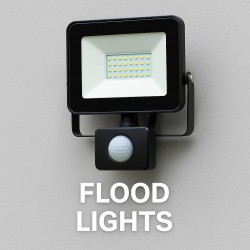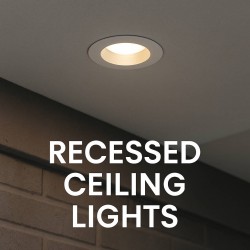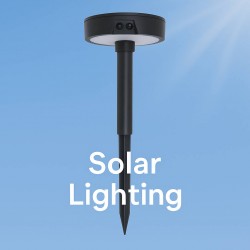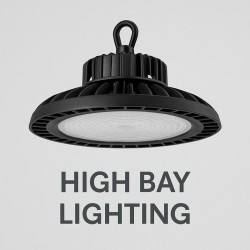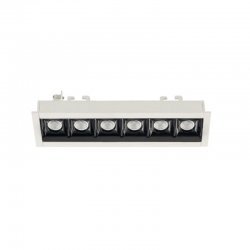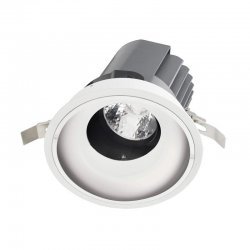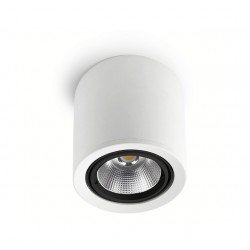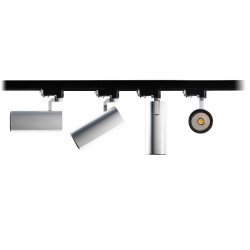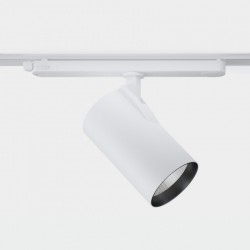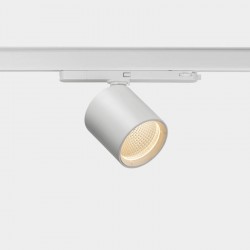The future of AI in home and business lighting
The future of AI in home and business lighting
In the future, AI is expected to play a significant role in lighting homes and businesses through various innovative technologies and approaches. Here are some potential ways AI could work in this context:
- Smart Lighting Systems: AI-driven smart lighting systems will be able to adjust lighting levels, colors, and patterns based on factors like time of day, occupancy, user preferences, and even the natural light available. These systems could optimize energy consumption by dimming or turning off lights when not needed.
- Occupancy and Motion Sensors: AI-powered sensors can detect human presence and movement within a space. This information can be used to control lighting in real-time, turning lights on when someone enters a room and turning them off when the room is empty.
- Natural Light Integration: AI algorithms can analyze the amount and quality of natural light entering a space through windows and skylights. Smart lighting systems could then adjust artificial lighting levels to maintain a consistent level of illumination while minimizing energy consumption.
- Adaptive Lighting: AI can learn user preferences over time and adjust lighting accordingly. For example, it could mimic natural lighting patterns to support circadian rhythms or create the desired ambiance for different activities.
- Energy Efficiency: AI can analyze historical energy usage patterns and adjust lighting schedules to minimize energy consumption during peak times. It can also optimize the use of energy-efficient lighting technologies such as LEDs.
- Voice and Gesture Control: AI-powered voice assistants or gesture recognition systems could enable users to control lighting with their voice or hand movements. This hands-free control could enhance convenience and accessibility.
- Predictive Analytics: AI algorithms can predict when and where lighting will be needed based on historical data, events, and user behavior. This could help automate lighting adjustments to ensure optimal lighting conditions.
- Personalization: AI can create personalized lighting scenarios based on individual preferences and activities. Users could select predefined lighting settings or create their own using intuitive interfaces.
- Remote Monitoring and Control: AI-enabled lighting systems could be monitored and controlled remotely through smartphones or other devices. This could be useful for homeowners and businesses to manage their lighting even when they're not on the premises.
- Data-Driven Insights: AI can analyze data collected from lighting systems to provide insights into energy usage, occupancy patterns, and areas for optimization. This information can help make informed decisions about lighting infrastructure and energy efficiency measures.
- Collaborative Spaces: In shared spaces like offices or conference rooms, AI can help manage lighting preferences for different individuals and tasks. It could create an optimal environment for presentations, brainstorming sessions, or individual work.
- Maintenance and Fault Detection: AI can monitor the health of lighting fixtures and identify potential faults or maintenance needs. This proactive approach can help prevent unexpected disruptions and ensure consistent lighting performance.
Overall, AI's role in lighting homes and businesses in the future will revolve around creating smarter, more efficient, and personalized lighting environments that respond dynamically to various factors while optimizing energy usage and user experience.
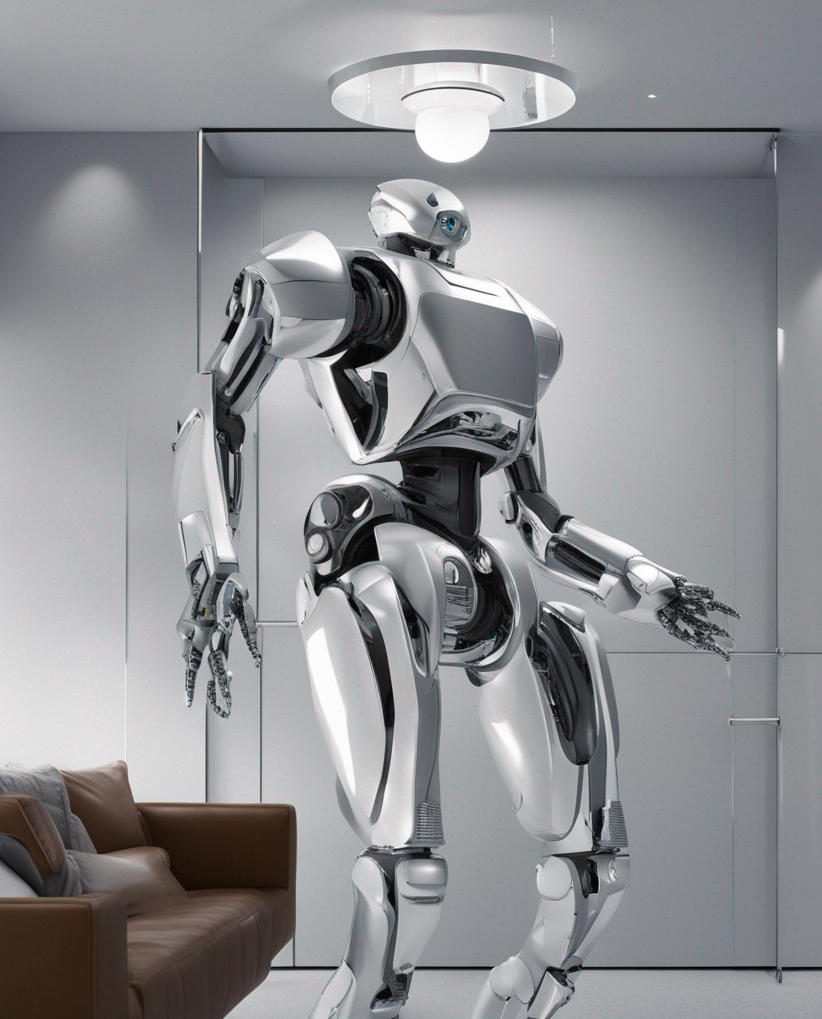
Here are some more technical examples of AI-powered lighting systems that could emerge in the future:
- Computer Vision-based Occupancy Detection: Cameras equipped with computer vision algorithms can detect and track occupants in a room. This data can be used to dynamically adjust lighting levels based on the number of people present and their positions. For instance, if someone is working at a desk, the lighting directly over that area can be increased while dimming other areas.
- Neural Network-controlled Color Tuning: AI-powered neural networks can analyze the color temperature and intensity of natural light in a space. Based on this analysis, the AI can adjust the color temperature and brightness of artificial lighting to mimic the natural lighting conditions, promoting better health and productivity.
- Reinforcement Learning for Adaptive Lighting: Reinforcement learning algorithms can be employed to learn optimal lighting settings for different scenarios over time. By receiving feedback on user preferences and energy consumption, the AI can fine-tune the lighting control policies to achieve the desired outcomes.
- Generative Adversarial Networks (GANs) for Mood Lighting: GANs can generate lighting patterns that match specific moods or aesthetics. Users could provide input or select from a range of moods (relaxing, energizing, cozy), and the AI-powered lighting system would create lighting scenes to match those emotional states.
- AI-driven Energy Demand Prediction: Utilizing historical energy consumption data and external factors like weather forecasts and local events, AI algorithms can predict when energy demand for lighting will be high. The system can then optimize lighting schedules to reduce energy usage during peak demand periods.
- Edge AI for Real-time Control: AI algorithms deployed directly within lighting fixtures (edge AI) can process occupancy and lighting quality data in real-time. This enables rapid adjustments to lighting conditions without relying on centralized processing, improving response times and reducing latency.
- Natural Language Processing (NLP) for Voice Commands: Advanced NLP models can understand complex voice commands related to lighting preferences. Users could give detailed instructions like "Set the lights to a warm, dim setting for movie night," and the AI would adjust the lighting accordingly.
- Sensor Fusion for Enhanced Control: AI can fuse data from various sensors, such as occupancy sensors, ambient light sensors, and temperature sensors. By combining this information, the AI can make more informed decisions about adjusting lighting conditions to create the desired environment.
- AI-based Dynamic Daylight Harvesting: Daylight harvesting involves optimizing artificial lighting in response to available natural light. AI algorithms can continuously monitor incoming natural light and adjust artificial lighting levels to maintain consistent illumination while maximizing energy savings.
- Behavior Analysis for Personalized Lighting: AI can analyze user behavior patterns, such as movement, location, and interaction with smart devices. By understanding daily routines and preferences, the lighting system can predict and proactively adjust lighting conditions to match the user's activities.
- Blockchain-enabled Energy Trading: In larger environments like commercial buildings, AI can work with blockchain technology to enable energy trading between different sections of the building based on their lighting needs and energy consumption patterns. This can lead to more efficient energy distribution and utilization.
These technical examples illustrate the potential convergence of AI, advanced algorithms, and smart lighting technologies to create more intelligent, efficient, and user-centric lighting solutions in the future.
































